Rising from the mists of Somerset’s countryside, the captivating ruins of Glastonbury Abbey stand as a portal connecting our world to a long-forgotten medieval past filled with enduring myths and legends. As the legendary resting place of King Arthur and the site of Christ’s arrival in England, Glastonbury Abbey has entranced visitors for over a thousand years.
Table of Contents
The Earliest Days: Myths & Mysteries of Origin
Though founded in the 7th century AD, Glastonbury Abbey’s origin myths date back even further:
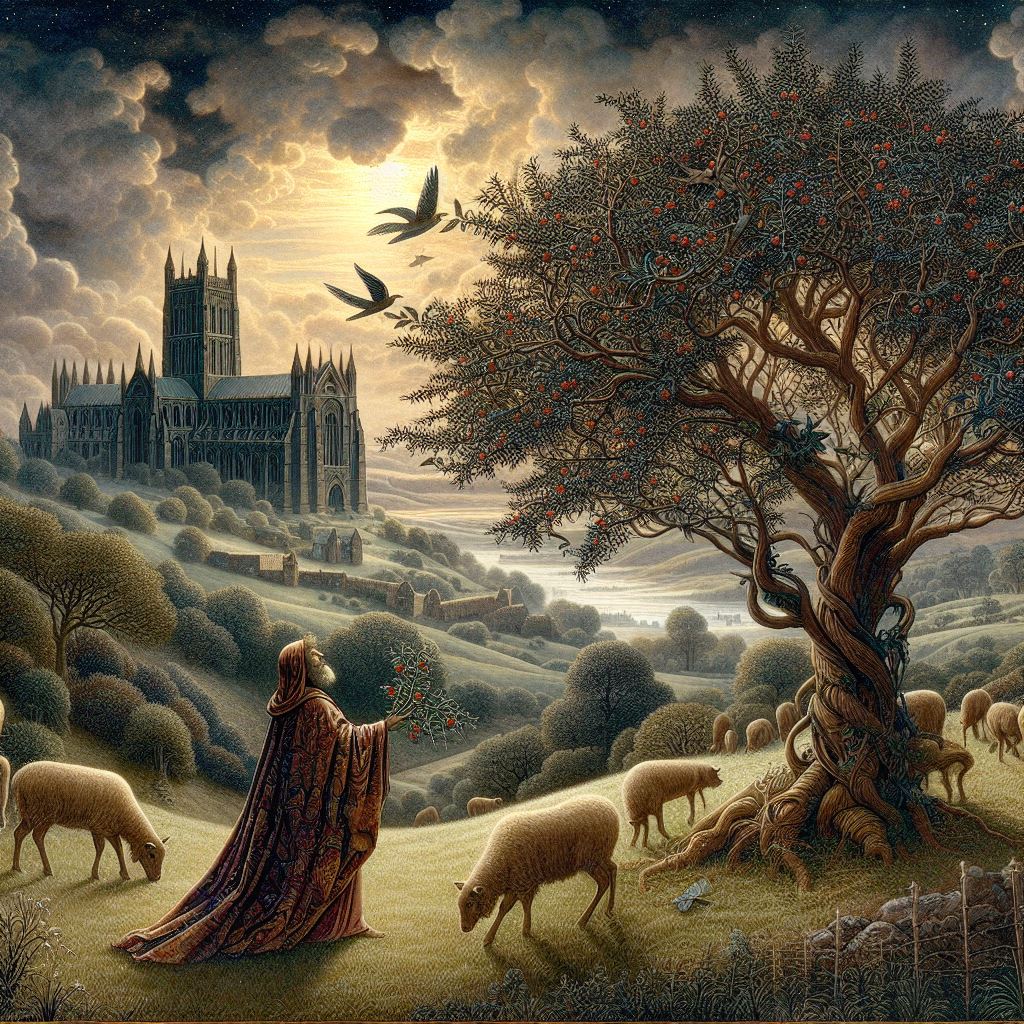
- The legend claims Glastonbury was the first church founded by Christ himself. After Jesus’ resurrection, Joseph of Arimathea along with the Holy Grail containing Christ’s blood, arrived on England’s shores to establish this cult sanctuary on the mystical Isle of Avalon.
- Ancient Welsh poems and texts reinforce tales of Avalon drawing mystical powers from within Glastonbury’s earth for over 2,000 years. These myths helped fuel Glastonbury Abbey’s reputation and importance for hosting pilgrims seeking healing or revelation.
- Archaeological evidence traces early Christian structures back to the 2nd century AD. These remnants suggest an ancient community did inhabited the Glastonbury area long before the official abbey formed.
- In 1184, monks claimed to have uncovered King Arthur and Queen Guinevere’s elaborately carved coffin over 16 feet below ground, adding to myths of Glastonbury’s magical repute.
While hard evidence remains scant, the aura of divine mystery permeating the stones seems to confirm Glastonbury’s long-whispered association with legend and arcane lore hinting at great secrets buried for millennia.
Growth Into a Monastic Medieval Powerhouse
After King Ine established the first official Saxon church in the 700s AD, Glastonbury Abbey grew substantially over the next centuries into one of the richest and most influential abbeys in England:

- By 1086, the abbey and its properties stretched over 60 acres and were recorded to be the tenth richest in assets.
- It managed over 50 manors and estates across Somerset, Dorset, Wiltshire, and beyond – an area containing over 150,000 acres providing crops, goods, and taxes to support the abbey’s expansion.
- Exceptional treasures were bestowed, including golden chalices, jeweled crucifixes and over 200 priceless relics connected to English saints and holy figures that drew increasing streams of pilgrims.
- Glastonbury Abbey also possessed a large library of over 400 precious illuminated texts and was renowned across Christendom as a center of scholarship and learning.
- Its sophisticated medieval Astronomical Clock with astrological signs and panels charting the night sky’s movements astonished visitors to the abbey.
With such wealth and influence flowing into its coffers for over 400 years, Glastonbury Abbey financed many architectural marvels full of geometric wonders reflecting metaphysical meanings – structures that still impress visitors today walking the widespread ruins.
Tracing Glastonbury Abbey’s Fall & Rediscovery
However, upheaval and destruction struck the abbey in the tumultuous 16th century:
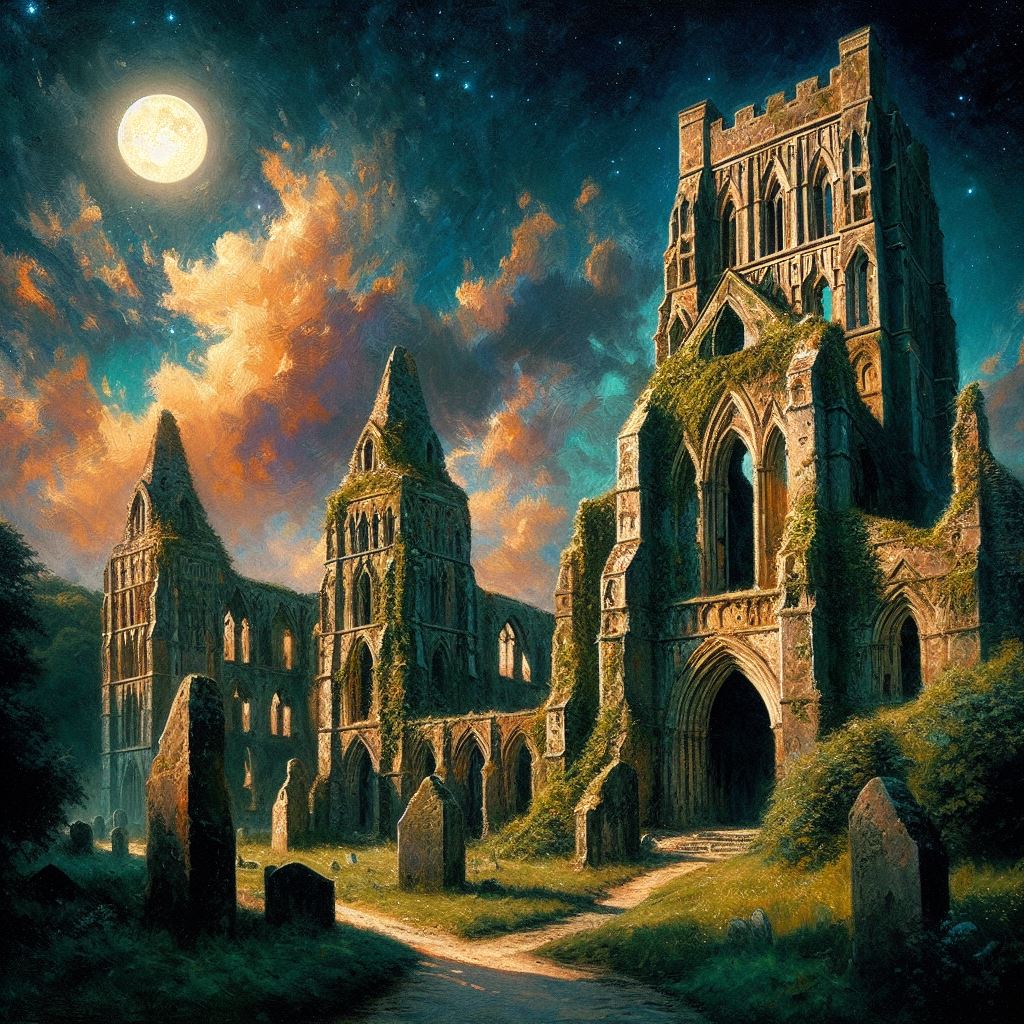
- When King Henry VIII broke from Catholicism and dissolved England’s monasteries between 1536 and 1541, his administrators brutally executed Glastonbury’s last abbot Richard Whiting as a traitor for resisting the surrender of the abbey’s treasures.
- Whiting was dragged on a hurdle to Tor Hill overlooking the abbey and hanged, drawn, and quartered in front of the assembled townspeople. Today a cross marks the harrowing site.
- Without its clerical guardians for protection, locals plundered stone, glass, timbers, and floors from Glastonbury for building projects over 300 years. This slow pillaging left the abbey as evocative ruins amidst serene countryside.
But renewed interest washed over Glastonbury in the Victorian era:
- Poetic tributes by Romantic writers like William Blake and Sir Walter Scott extolling Glastonbury’s ancient mystic aura sparked renewed curiosity.
- In 1908 monks excavated the lost Edgar Chapel hallowed as King Arthur’s tomb site, discovering intact Medieval floor tiles.
- Later projects uncovered lost abbey walls, kilns, and the remnants of the Magdalene Chapel and St. Patrick’s Church on the grounds.
Today visitors can glimpse Medieval echoes of long-faded glory still glinting through the ruins while treading where monks, pilgrims, and legendary figures like Arthur walked over centuries of turbulent history and whispered myth.
Glastonbury Abbey’s Mysterious Architecture & Sites
Visitors exploring the ruins can still uncover striking facets of Glastonbury’s medieval period:
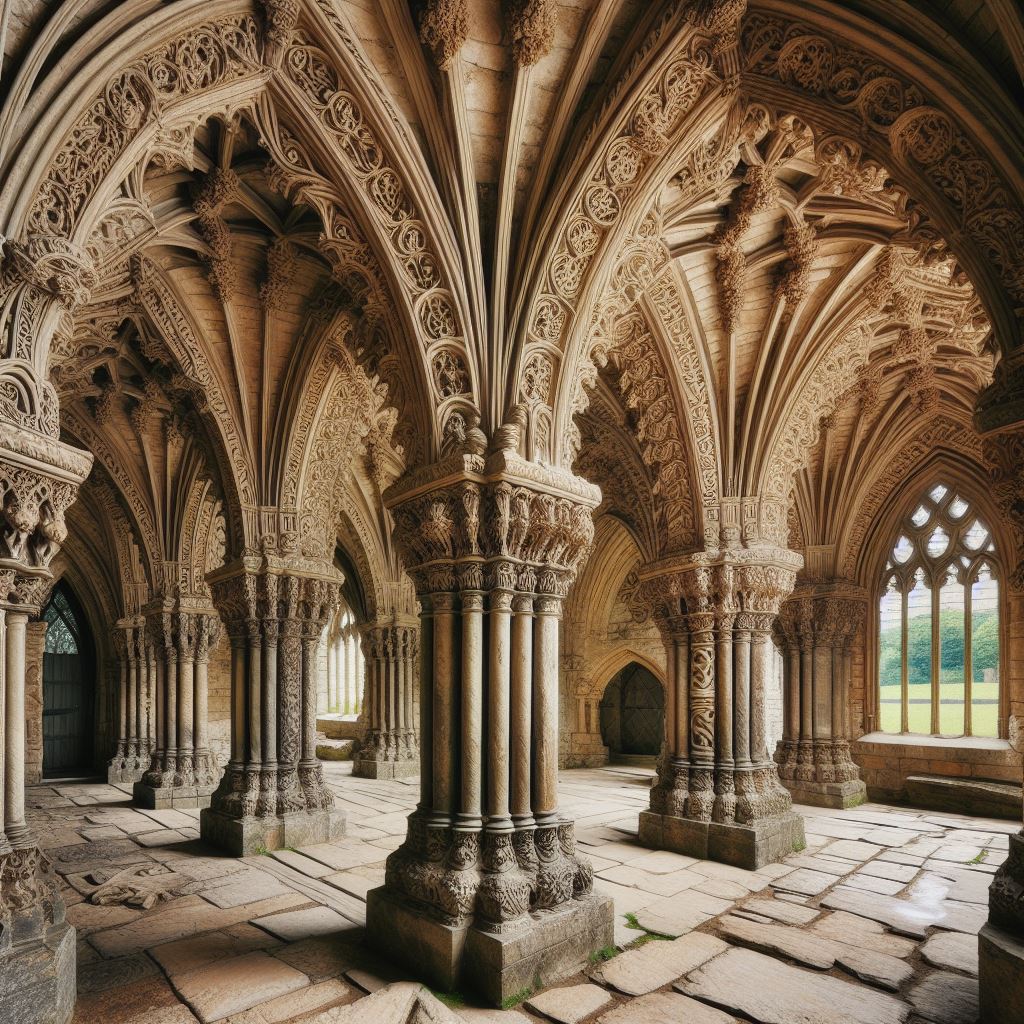
- Sandstone walls and soaring pointed Gothic arches of the Abbey Church’s chancel transport you back 800 years with angels carved into the ceiling peering down through centuries.
- The ruined Lady Chapel retains fragments of colored glass saints in arched windows and the dazzling tiled floor shines like a jigsaw mosaic.
- Intricately carved columns with spirals, diamonds, flowers, and birds stand weathered but unfazed by decades of enduring the elements.
- Nearby wells associated with Celtic goddesses like Bridget hint at the ancient pagan history overlapping with Christianity to imbue the Glastonbury landscape with an otherworldly atmosphere.
- Legend even claims the Glastonbury Thorn Tree sprouting white flowers in winter originated from Joseph of Arimathea who planted his staff to bloom at Christmas near Wearyall Hill.
Like peeling through layers of antiquity, the abbey’s remnants offer glimpses of lost grandeur that nourished the medieval imagination and quests for divine meaning which still permeate these grounds today.
Exploring Arthurian Links & Lore
Beyond its Christian heritage, Glastonbury Abbey’s fame is bound up with legends of mythic kings and Celtic tales shrouded by time’s mists:

- The first connection comes from the claimed discovery in 1191 of an oaken tomb with a stone engraving reading “Here lies interred in the Isle of Avalon, renowned King Arthur with Guinevere his second wife.”
- Inside the coffin monks reported the remains of a large man alongside tresses of golden hair and a smaller female skeleton.
- This boosted existing myths of Glastonbury as the Isle of Avalon, the final resting place of Arthur wounded from the battle of Camlann.
- Later archaeological excavations in the 20th century at the reputed burial site did reveal fragments of carved wood indicating a long-forgotten tomb now lost to history.
Woven around Arthurian lore adds mystic allure to exploring Glastonbury’s enigmatic ruins seemingly lost between distant eras – did Arthur himself tread these timeworn stones as legends foretell? Visitors must decide where myth breaches into reality among history’s tangled threads.
The Abbey Grounds as Conduit of Natural & Supernatural
Beyond architecture and lore, striking tales abound involving the Glastonbury landscape itself in bizarre events challenging modern notions of reality:
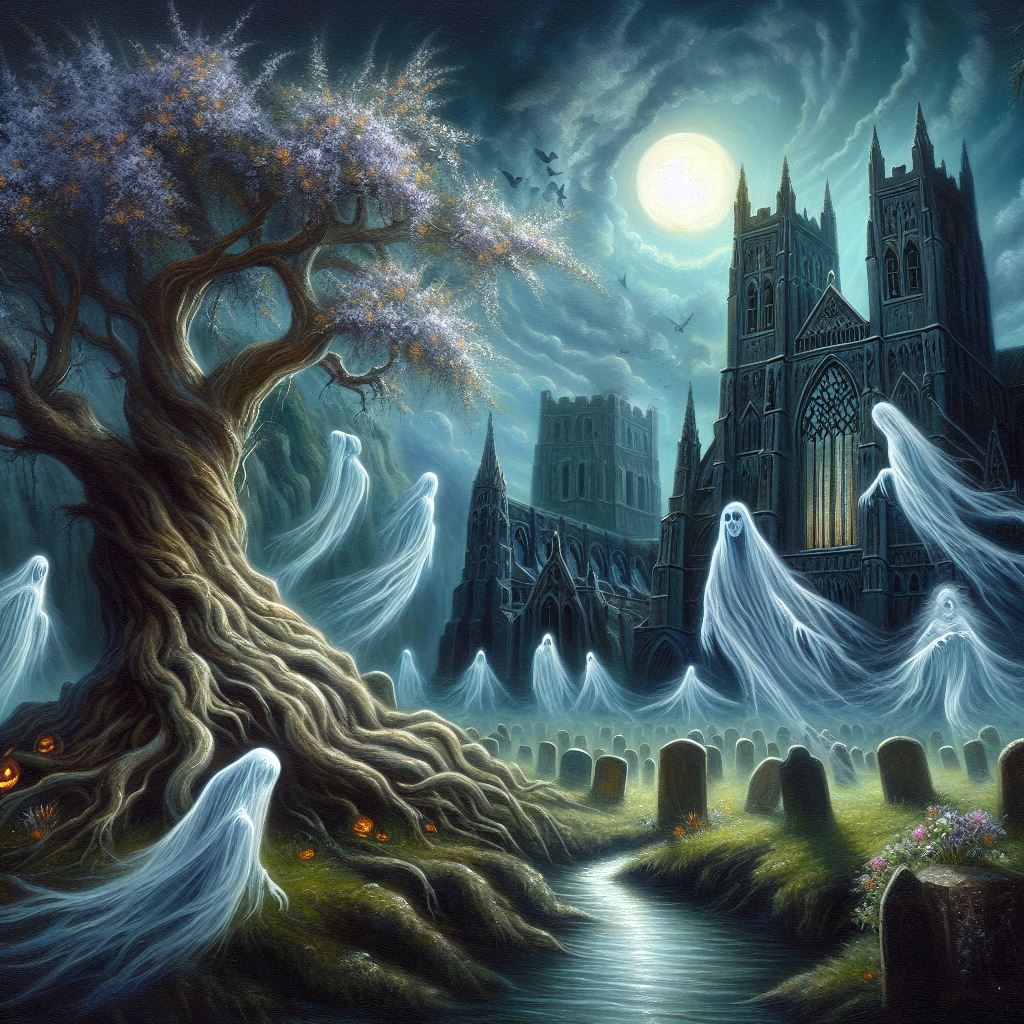
- Legends tell of the Holy Thorn tree near Glastonbury Abbey spontaneously flowering twice yearly – a winter bloom around Christmas linked to Joseph of Arimathea and the Crown of Thorns relic; and blossoms again during Easter representing the Resurrection. While heavily pruned over centuries, the Holy Thorn continues flowering in seasons to mystify horticultural experts.
- Troubling accounts emerged in July 2016 of vandals cutting and destroying over half the Holy Thorn tree branches in an apparent anti-Christian protest. But within months, observers documented new shoots and leaves sprouting from the stump reviving itself like the mythical phoenix.
- Solstice and equinox celebrations occur involving groups gathering among stone circles and wells seeking harmonic attunement with energies converging on certain calendar dates.
- Tales even claim ghosts frequent the abbey environs including the “Mad Monk” roaming with a crazed glint in his eyes seeking absolution for terrible acts. Apparitions float apparently unaware their earthly existence expired long ago still drawn to Glastonbury’s invigorating embrace.
Perhaps the Glastonbury landscape hides sentience unknowable to modern science but dimly glimpsed by ancient minds and psychic awareness untethered by skepticism’s sterile barriers. Or the myths owe more to human imagination and desire for meaning than supernatural forces as some critics argue. But sea mists cling thickly to certainty in Glastonbury leaving all possibilities suspended for visitors to discover firsthand.
Practicalities of Visiting Glastonbury Abbey
Despite touches of mystery and magic, visiting Glastonbury Abbey represents an easily accessible day trip for all curious travelers:
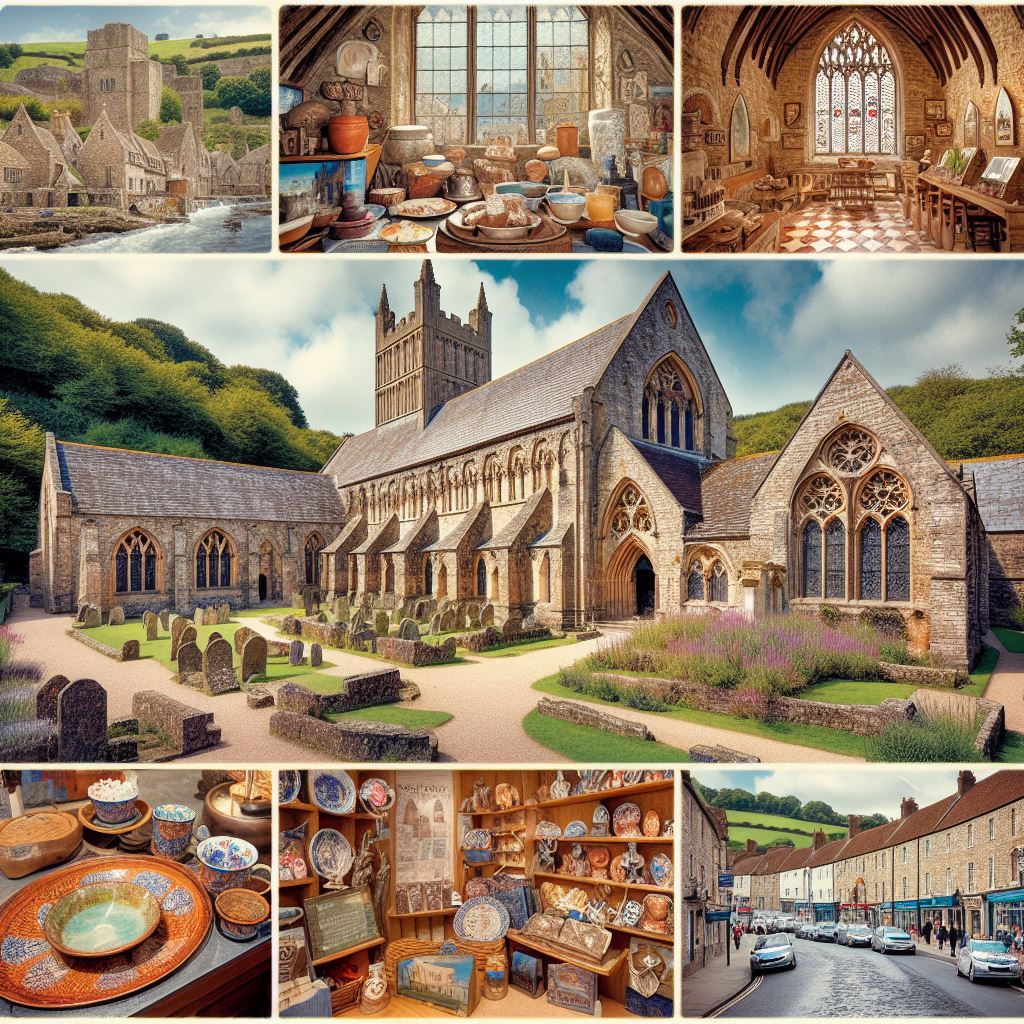
- The abbey sits centrally placed in the charming town of Glastonbury itself, providing restaurants, pubs, stores, and accommodation options for all budgets.
- Well-served by buses, Glastonbury lies under 10 miles south of Wells and east of Taunton along the A39. Free parking sits adjacent to the Abbey entrance with docent tours available.
- As a historic site under preservation by English Heritage, the Abbey remains open year-round except Christmas/New Year from 10 am-4 pm or 5 pm in summer allowing ample daylight exploring. Tickets cost ~£9 per adult and ~£5 for child entry.
- The museum onsite houses artifacts recovered from excavations like pottery shards, bones, and mosaic tiles alongside interactive exhibits bringing Abbott Whiting’s tragic demise to life.
Models depict evolving abbey architecture and guided audio provides overviews of key areas on relaxing self-guided walks of the contemplative grounds.
The gift shop offers books probing deeper into legends plus keepsakes evoking Glastonbury’s spirit to unlock creativity or contemplation during the winding journey home.
Over 1500 years on, the ruins of Glastonbury Abbey retain their aura of mythic wonder set within 36 acres of tranquil countryside awaiting your imagination. Let the strands of history, rumor, and revelation guide your journey through this captivating portal to England’s legendary past.
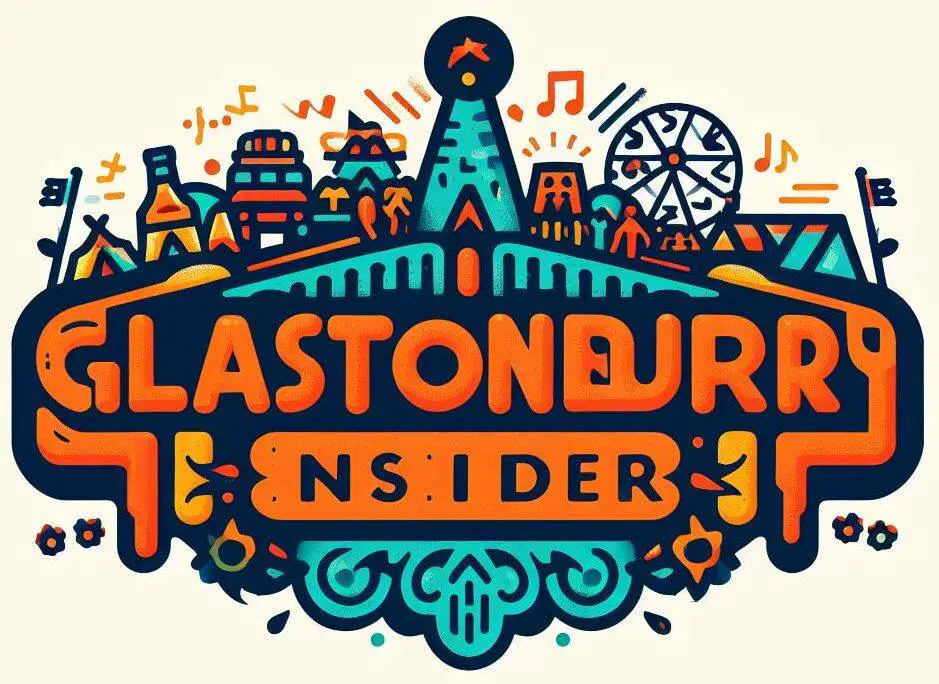
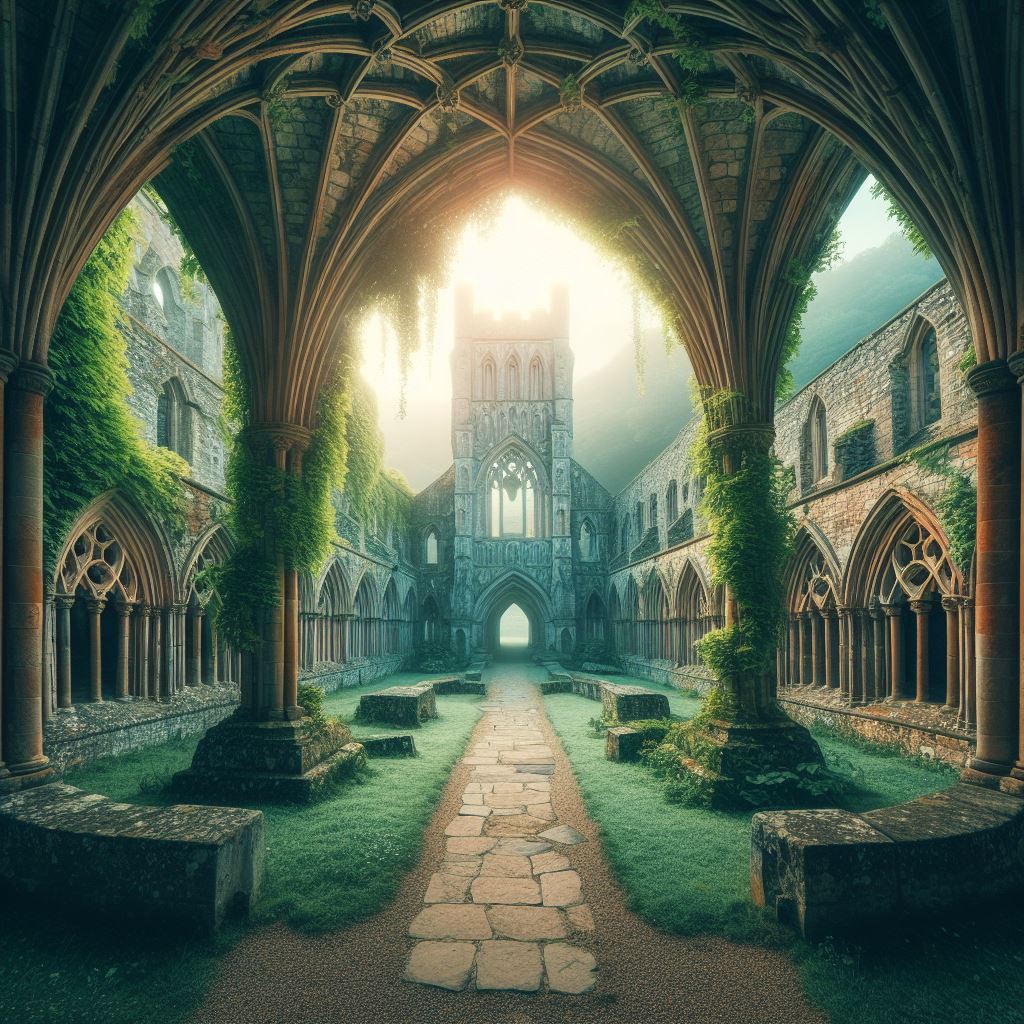
Leave a Reply